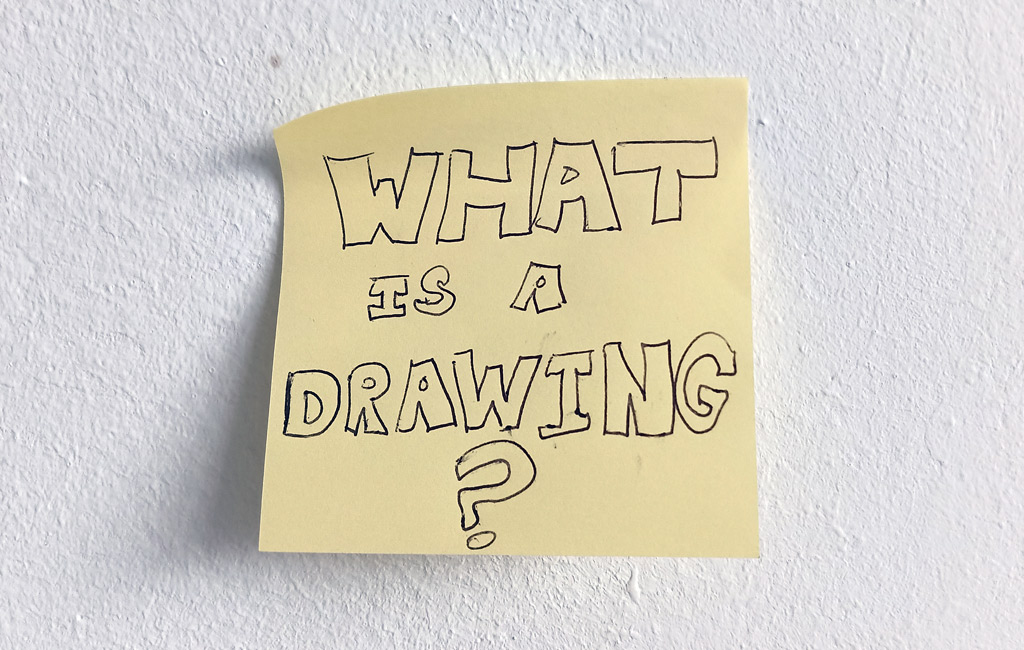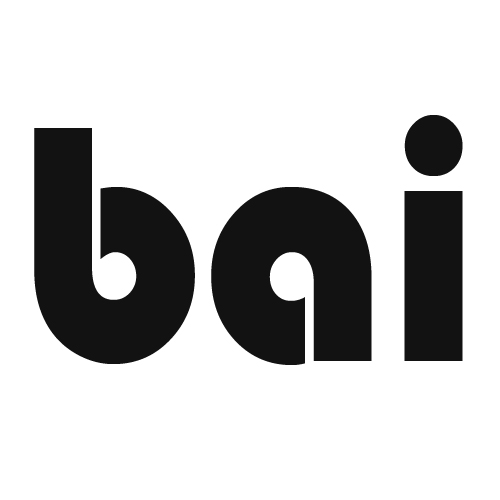WEEK 1: What is a drawing?

Artist talk and Q&A by Dagmara Genda
Dagmara Genda (b. 1981) is an artist and freelance writer currently living in Berlin. Born in Poland, she immigrated to Canada as a child, and has lived in numerous cities there, in the US and in the UK. A corresponding restlessness feeds her drawing practice, which focuses on the fragility and changeability of perception.
Genda holds a Masters of Research in Cultural Studies from the London Consortium, a multidisciplinary post-graduate program of Birkbeck College, University of London, as well as a Masters of Fine Arts from Western University in Canada. She is the recipient of numerous prizes including the Pollock-Krasner Grant, the Canada Council International London Residency and a Fellowship at the Künstlerhaus Schloss Balmoral in Germany. She has exhibited at the Arp Museum (Remagen, Germany) Walter Phillips Gallery (Banff, Canada), and the Esker Foundation (Calgary, Canada), among others. She has written numerous Canadian magazines including Border Crossings, Momus, C Magazine, esse and she regularly contributes to Berlin Art Link. Her writing has appeared in numerous exhibition catalogues.

The first lecture will introduce different ways of thinking about drawing, from traditional conceptions to examples of drawings not often understood as such. These can be, among other things, handwriting, vandalism, curses, symbols, pie charts, tattoos, scarification, or road markings.
The lecture will also be an introduction to the structure of the course and to the range of offered assignments. Each assignment is conceived as an exercise to explore and widen how we view drawing, what we understand as a drawing and how we actually draw. The point isn’t to produce finished work, but to conduct material and perceptual tests that might impact the participants’ practices.
Participant Introductions and the selection of assignments
Here individual participants are invited to introduce themselves and present their goals, whether artistic and/or professional. As part of the introduction, people should address where they are in their drawing practice and what they would like to explore. If applicable, they can upload examples of drawings they have done to better describe their process. After the introductions the participants will choose assignments to complete over the next week.
